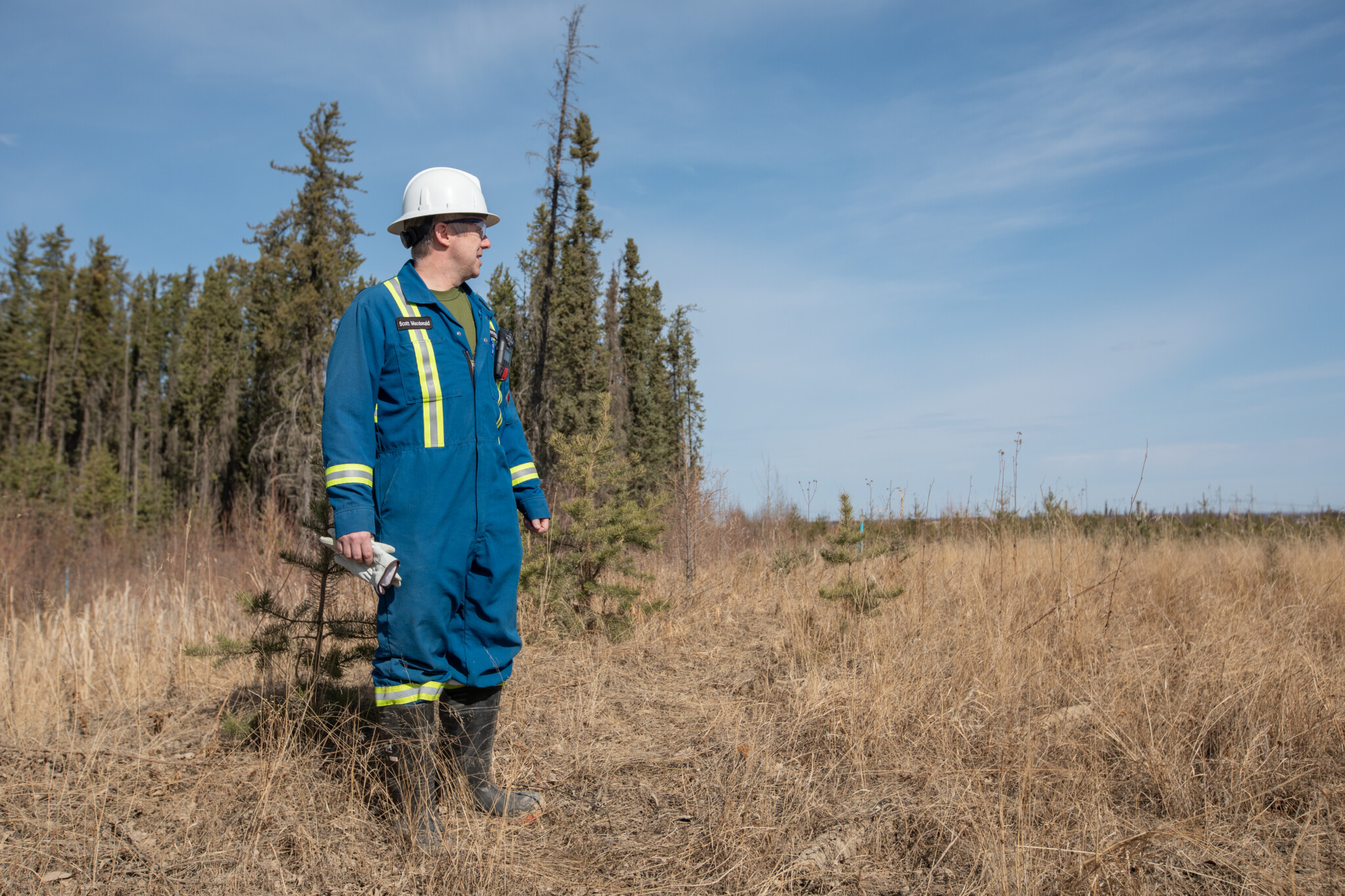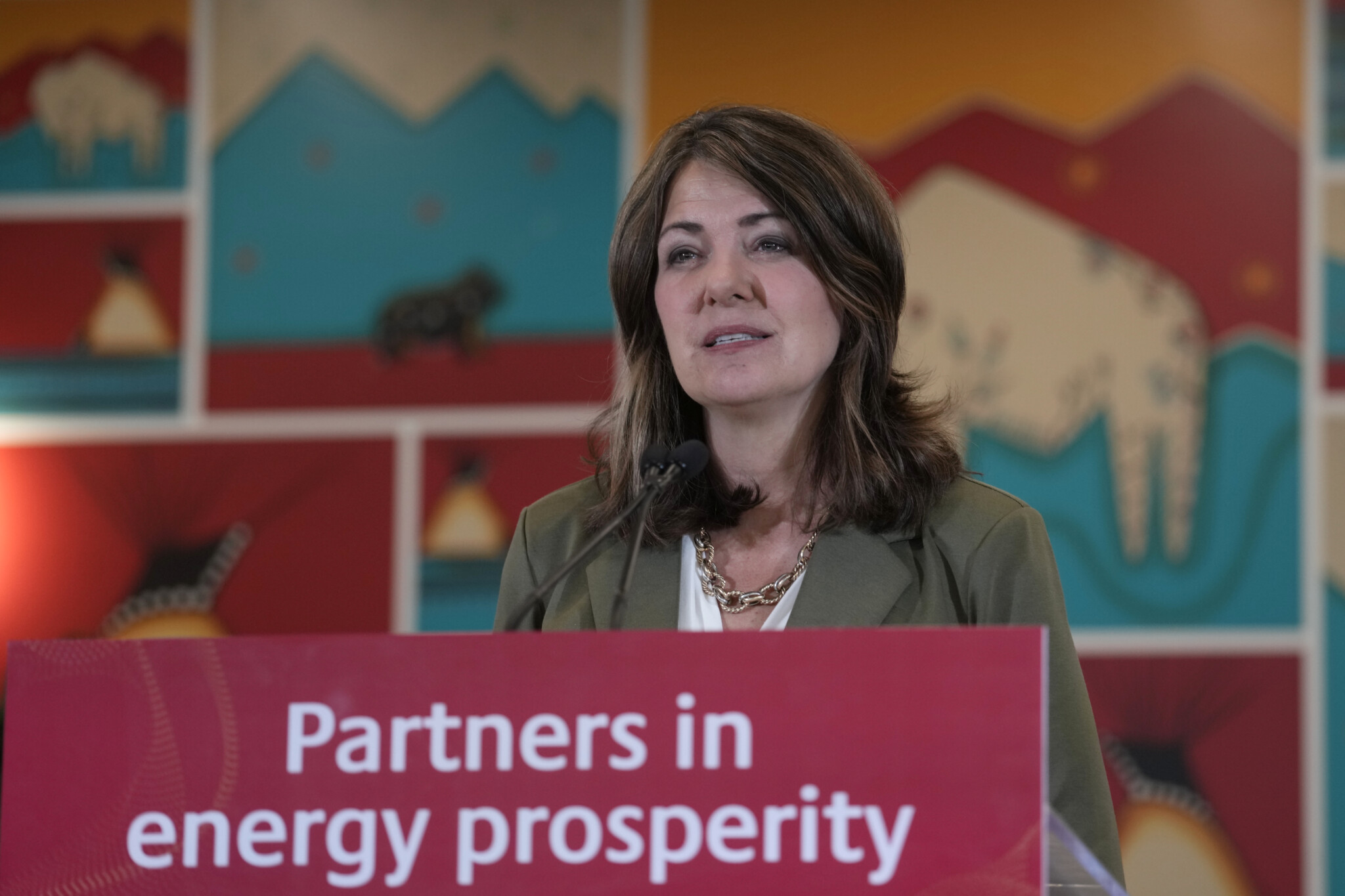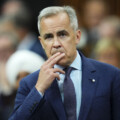
A majority of Canadians think that Canada is broken after years of stagnant incomes, affordability challenges, rising crime, government failures on basic functions like healthcare and immigration, and a deepening cultural malaise. But decline is a choice, and better public policies are needed to overcome Canada’s many challenges. Kickstart Canada brings together leading voices in academia, think tanks, and business to lay out an optimistic vision for Canada’s future, providing the policy ideas that governments need to ensure a bright future for all Canadians.
Pop quiz: which province was the first jurisdiction in North America to introduce a carbon pricing system? Which province has reduced the most emissions since the Paris Accord was signed in 2015? Which province accounted for over 92 percent of Canada’s overall renewable energy growth and energy storage capacity in 2023?
The answer to all of these questions is Alberta.
You’d be forgiven for thinking that the province is a climate-denying hellscape; it is often portrayed that way. But there’s an argument to be made that the energy province has made investments and policies that will contribute more to reaching net zero globally than anywhere else in Canada.
As the federal Conservatives determine what their approach to climate policy will be, they could do a lot worse than look to Alberta, a jurisdiction that is approaching the issue through a lens of innovation and competitiveness rather than degrowth and subsidies, and finding success.
Climate policy is at a crossroads. Literally trillions of dollars have been spent on efforts to reduce global emissions, and yet they grow inexorably. Almost ten years on from Paris, it is not just climate skeptics who are asking to reassess the conventional wisdom on achieving net zero.
Canada is Exhibit A of the road to hell being paved by good climate intentions. While climate action has come to define the Trudeau government’s legacy, it is hardly worth emulating. The prosperous economy and healthy environment we were promised would go hand in hand are not manifesting. Instead, Canadian climate policy has entailed a mix of expensive subsidies, regulations, and mandates that have mostly served to stifle competitiveness, reward rent-seeking, and undermine federalism. And we suffer from global warming all the same.
Perhaps predictably, this has led to growing skepticism amongst Canadian voters for more of the same climate policy. While a majority still believe that climate change is an issue, its relative importance to the electorate has fallen alongside Canada’s GDP per capita. According to polling by Angus Reid, those who say the environment is a top issue has fallen by exactly half from the wake of the 2019 election (42 percent) to today (21 percent).
Amidst all this, it may be tempting for a Conservative government-in-waiting to focus on the issues that will win or lose the next election: affordability, housing, and immigration. Climate policy is not their strength, and their base does not think it matters much. Indeed many conservatives see “climate policy” as an expensive, virtue-signalling excuse for a privileged elite to rejig society and the economy in ways that suit their narrow interests while providing nothing for the common people.
As much as this is true, leaving a hole where a conservative climate policy should be would be a mistake. Climate change is real, it is expensive, and it is a significant factor in global business and politics. Doing and saying nothing is not the option that best advances Canada’s—or conservatives’—interests.
Climate thought leadership in Canada has largely been left to progressives, to the detriment of all. As with any significant policy area that does not benefit from the input and expertise of a diversity of stakeholders, it has led to weak and ideological positions. Policy generation at the federal level has been dominated by environmental activists, bureaucrats, and academics. These are all valuable contributors to society; but an understanding of how to design, build, finance, and sustain energy and transportation systems is not their forte.
This is where Alberta comes in. Whatever your political stripe, you must acknowledge that there are people in the province who know energy inside and out: how to produce it, move it, sell it, and use it. And because energy and climate policy have become closely linked, a lot of people in Alberta are doing a lot of thinking about climate change and greenhouse gas (GHG) emissions. (I submit that those working in the oil and gas business know more about climate change than those working in climate change know about the oil and gas business.) Because the province is full of engineers, geologists, chemists, and entrepreneurs, they’ve developed a lot of great, practical ideas about how to reduce, capture, and store GHGs.
And here’s the lesson: Alberta’s conservative political bent and oil and gas economic bent have not prevented it from meaningfully and thoughtfully engaging in climate policy. In fact, it has made it a leader in many decarbonisation technologies that are scalable, transferable, and profitable.
There’s no reason why federal conservatives can’t own the environment as an issue as well, following common principles: the prioritization of innovation and competitiveness as the best path towards decarbonisation, rather than subsidies and heavy-handed regulation.
Alberta’s climate policy has treated the private sector as an asset, not an adversary, to achieving its goals, supporting its energy sector to be better, not smaller. Emissions intensity per barrel in the Alberta oil sands has declined by 23 percent since 2009 and emissions have now decoupled from production growth.
Similarly, Alberta was the first oil and gas-producing jurisdiction to put requirements on emissions from flaring (back in the 1990s), and the first regional government in North America to set a methane emissions reduction target for the oil and gas sector. It has subsequently reduced methane emissions by 45 percent since 2014. Earlier this year it phased out the last of its coal-powered electricity generation, hastened by strong renewables growth.

Scott MacDonald shows a reclaimed area of an oil sands site southeast of Fort McMurray, Alta., April 24, 2024. Amber Bracken/The Canadian Press.
The province has invested in organisations such as Alberta Innovates and Emissions Reduction Alberta to help develop a vibrant clean tech sector with leadership in hydrogen, carbon capture, utilization, and storage (CCUS), geothermal, carbon-based materials, and more. The world’s first net zero petrochemical complex is being built near Edmonton, an $8.9 billion investment by Dow, a reminder that good policy is good business.
Public sector funding for research and development has been bolstered by private sector investments, supported by North America’s first industrial carbon pricing system. Carbon pricing in Alberta was first initiated in 2007 and has largely been insulated from partisan politicking, surviving Progressive Conservative, NDP, and UCP governments. According to analysis by the Canadian Climate Institute earlier this year, industrial carbon pricing is the single biggest driver of emissions reductions in Canada. This is precisely because it incentivizes improved performance rather than punishing consumers for using energy.
The point is not to characterize Alberta’s climate and energy policies as perfect; they’re not.
But they are good, and they have been successful at reducing emissions while maintaining a strong provincial economy. The oil and gas industry has been a willing partner not because it is run by out-of-touch, ESG-obsessed CEOs, but because a credible climate plan is necessary for them to compete: both to attract investment, talent and customers, as well as to earn social license, including from Indigenous rights holders, to operate.
Alberta’s climate and energy policies are very different from the current federal government’s because they believe not only in the science but also the math. You need to be profitable in order to be sustainable. Progressives’ preferred climate strategies eventually run out of other people’s money and fail. Alberta’s approach seeks to leverage, rather than phase out, its incredible energy endowment and take constructive measures to decarbonise.
What conservative wouldn’t want Canada’s oil and gas to be the most environmentally responsible in the world?
It is essential that global climate and energy policies start to recalibrate towards pragmatism. Conservatives may be tempted to give up on the issue altogether, so polarised and ideological has the climate debate become.
The better approach is to be more active in shaping it. If Danielle Smith and the UCP can win in Alberta on an emissions reduction plan that aspires to achieve a carbon neutral economy by 2050 while ensuring an affordable, reliable and secure energy supply, the math tells me that federal Conservatives can too.








